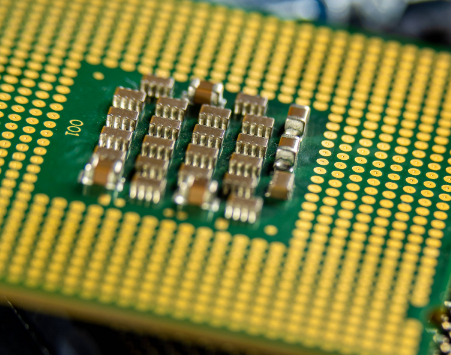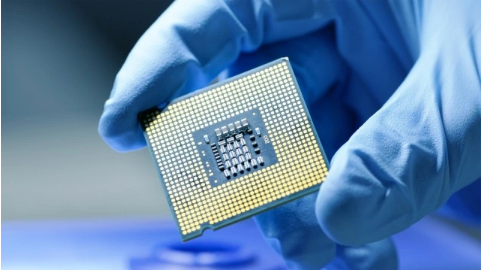Semiconductor Capex Forecast Raised as Boom Continues
Market research firm Gartner Inc. increased its capital spending forecast for the semiconductor industry to more than 10 percent based on continued aggressive spending by chipmakers on wafer-level equipment for memory and leading-edge logic.
Gartner (Stamford, Conn.) said it now expects semiconductor industry capital spending to rise 10.2 percent to reach $77.7 billion this year. The firm had previously forecast that capital spending would rise by a tepid 1.4 percent.
A shortage of NAND flash memory chips, which has led to increased prices, was more pronounced in the first quarter of the year than Gartner expected, leading to more than 20 percent growth in sales of etch and chemical vapor deposition (CVD) equipment this year with a strong capacity ramp-up for 3D NAND, according to Takashi Ogawa, a research vice president at Gartner, said in a statement.
Gartner's move to raise its semiconductor capital equipment forecast is right in line with other market watchers' increasing expectations in what is shaping up to be the best year for the semiconductor industry in quite some time. Several organizations — including Gartner and the World Semiconductor Trade Statistics (WSTS) organization — have increased their forecast and now expect global semiconductor sales to increase by more than 10 percent.
Just this week market research firm IC Insights Inc. revised its 2017 semiconductor forecast, saying it now expects chip sales to rise 16 percent this year after projecting 7 percent growth earlier in the year.
Last month, the SEMI trade organization predicted that semiconductor equipment sales would hit an alltime high of more than $49 billion this year, breaking the record of $47.7 billion set in 2000.
Capital expenditures for semiconductor firms include the cost of equipment as well as other capital expenses to acquire or upgrade physical assets such as property and fab construction costs.
But, in the famously cyclical semiconductor industry, Gartner and others already see an end in sight for the current market boom. Gartner expects the next downturn in semiconductor capital spending will begin next year or in 2019, the firm said, sooner than its original forecast of 2019 and 2020.
"Spending on wafer fab equipment will follow a similar cycle, with a peak in 2018," Ogawa said. "While the most likely scenario will still keep positive growth in 2018, there is a concern that the growth will turn negative if the end-user demand in key electronics applications is weaker than expected."
SEMI (San Jose, Calif.) projects that semiconductor tool spending will grow further in 2018 to more than $53 billion, establishing another record.
在线留言询价
- 一周热料
- 紧缺物料秒杀
| 型号 | 品牌 | 询价 |
|---|---|---|
| CDZVT2R20B | ROHM Semiconductor | |
| BD71847AMWV-E2 | ROHM Semiconductor | |
| MC33074DR2G | onsemi | |
| TL431ACLPR | Texas Instruments | |
| RB751G-40T2R | ROHM Semiconductor |
| 型号 | 品牌 | 抢购 |
|---|---|---|
| TPS63050YFFR | Texas Instruments | |
| STM32F429IGT6 | STMicroelectronics | |
| BP3621 | ROHM Semiconductor | |
| IPZ40N04S5L4R8ATMA1 | Infineon Technologies | |
| ESR03EZPJ151 | ROHM Semiconductor | |
| BU33JA2MNVX-CTL | ROHM Semiconductor |
- 周排行榜
- 月排行榜
AMEYA360公众号二维码
识别二维码,即可关注


























